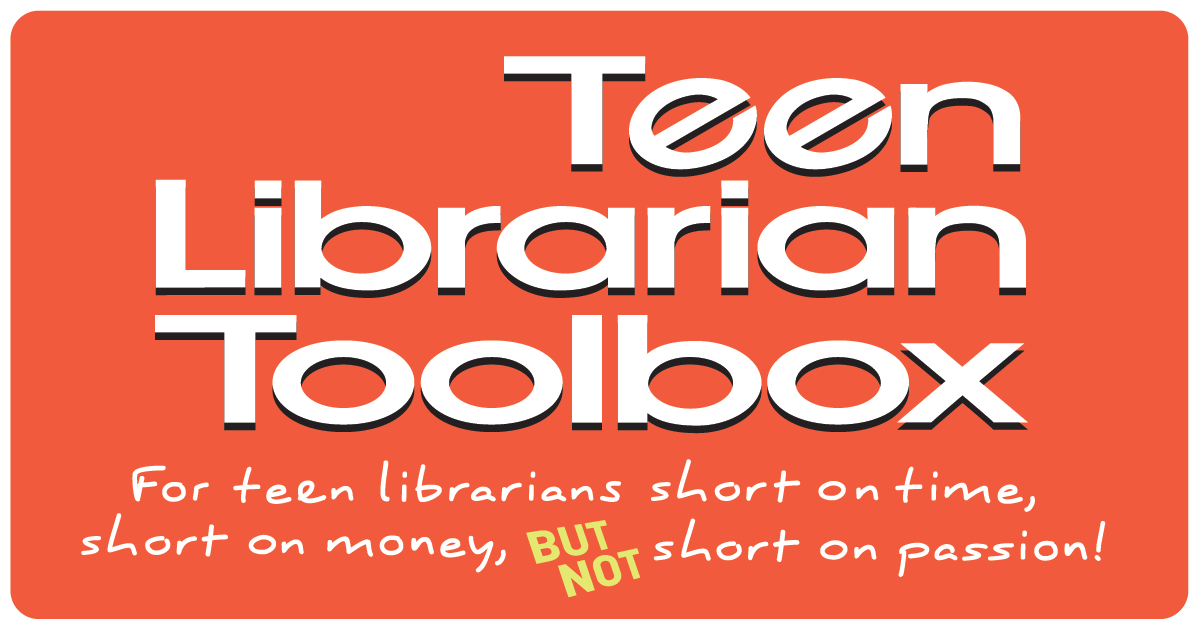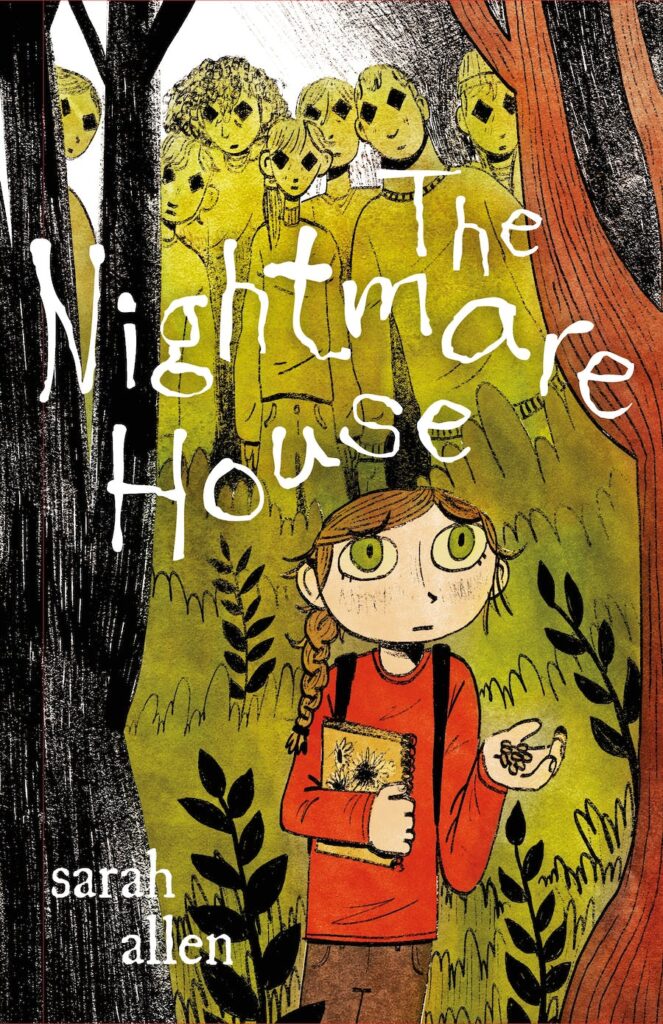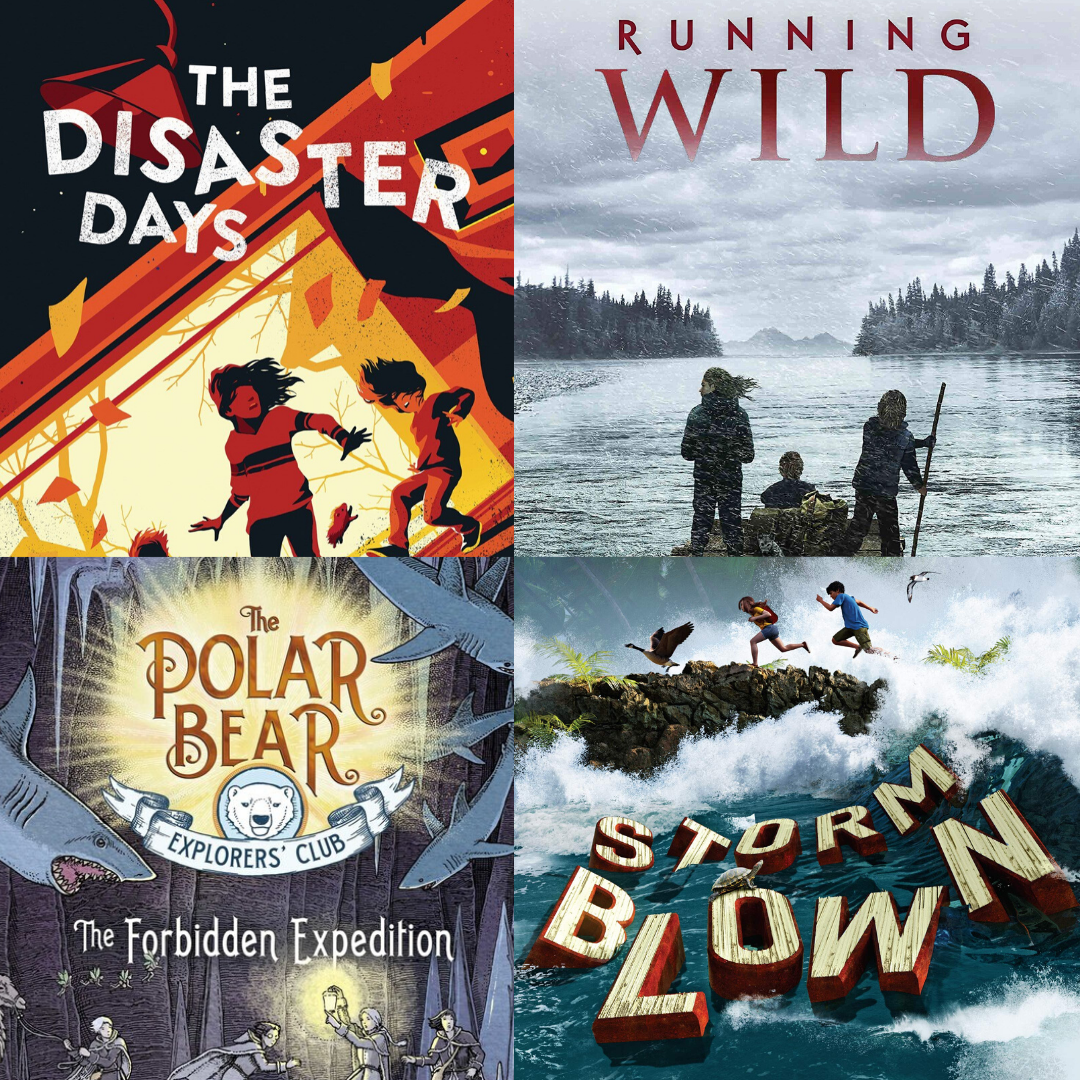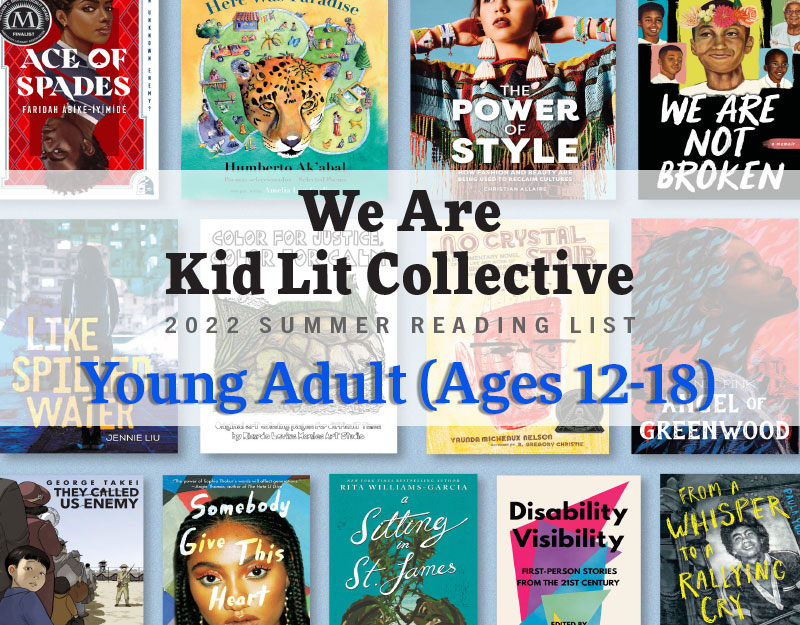Why Horror For Kids is Important, a guest post by Sarah Allen
When I was a little girl, I had a recurring nightmare character. A tall man, who I knew in the dream was coming to get me. The rules were that I would be safe if he couldn’t find me, or if I was asleep. But I always hid somewhere totally conspicuous, like under the table. Or I would pretend to be asleep, and as soon as I peeked open my eyes to check, I’d see him inches from my face.
I had a little brother who had night terrors. I remember him rocking back and forth on the couch, clutching a pillow, while my mom tried to comfort him.
In other words, kids are already coping with real life horrors, whether we can see it or not.
One of the possible misconceptions about children’s horror is that it sets out to freak readers out, and give kids nightmares. But really, for me and the other horror authors that I know, nothing could be further from the truth.
ADVERTISEMENT
ADVERTISEMENT
The amazing Neil Gaiman said, “Fairy tales are more than true: not because they tell us that dragons exist, but because they tell us that dragons can be beaten.” This, to me, is what horror is all about. It’s not about giving kids nightmares—it’s about showing them that when they encounter real life horrors, they can still be brave. They can win.
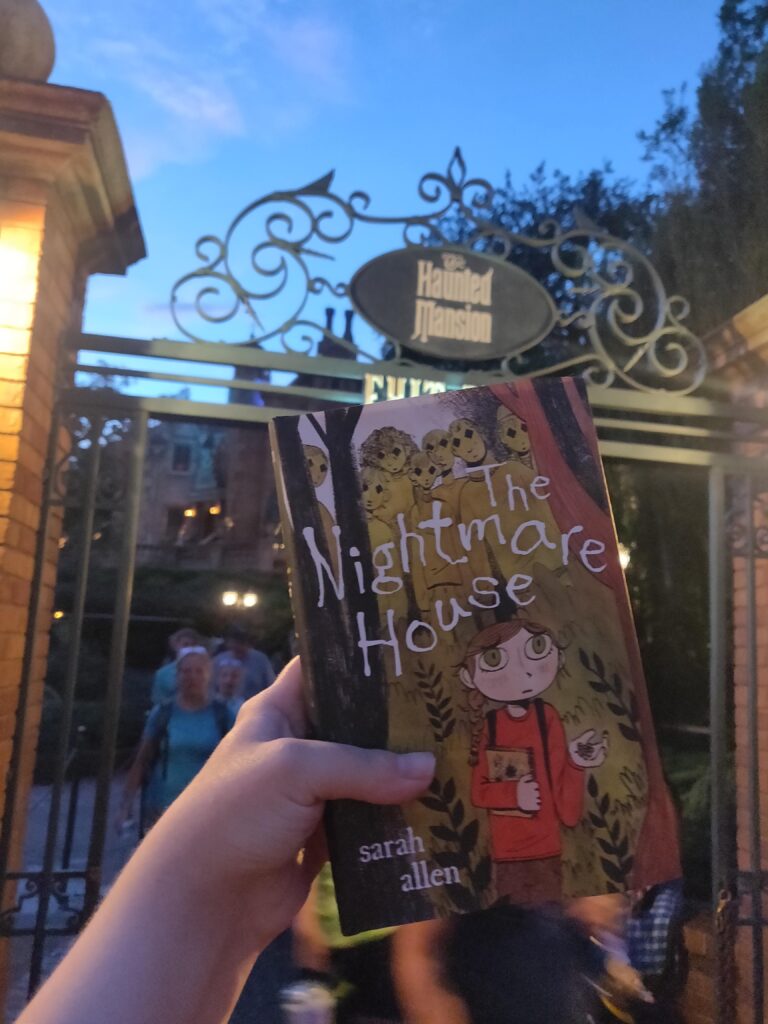
An article in Psychology Today highlighted three distinct types of horror consumers: adrenaline junkies, white knucklers, and dark copers. The adrenaline junkies are what we might think of as a typical, classic horror fan. The ones who binge horror movies because they have “a desire for novel, complex, and intense experiences.” The white knucklers are somewhat the opposite—the ones who grit their teeth through horror movies and haunted houses, perhaps going more to prove something to themselves than from enjoying the experience.
Lastly, we have the dark copers. To me these are the most interesting. The article says that “many dark copers report that they watch horror movies to deal with feelings of anxiety that they experience…Horror might be a good way for some people to practice emotion regulation skills and cope with feelings of anxiety.” This idea of using scary experiences in a safe context (like reading horror stories) as a coping mechanism is what horror for kids is all about.
All three of these groups report psychological benefits that can be especially key for kids. Especially in the dark coper group, they “reported feeling as if they learned how to make decisions under pressure while others learned that they could handle more than they thought they could.”
This idea of helping kids handle more than they thought they could is a direct and explicit motivation behind a lot of what kidlit horror writers do. As Ghost Girl author Ally Malinenko put it, “Writing horror for children isn’t about scaring them. It’s about showing them how brave they are.”
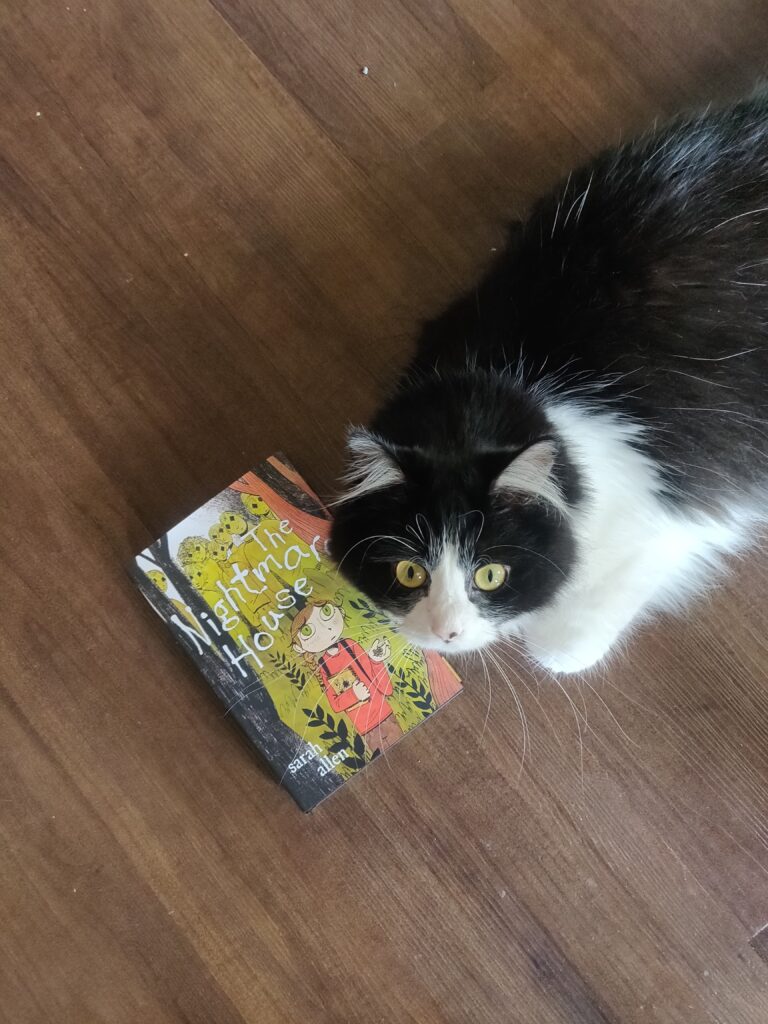
It’s important that we as adults are brave enough to acknowledge the nightmarish things kids are already going through. From bullying to abuse, to illness and other family trauma. And even kids growing up in safe environments face internal fears and anxieties that they may not know what to do with. Think about how many violent and accidentally disturbing stories kids tell or drawings they make. No matter how safe we try to keep them (and of course we should), they’re going to face monsters eventually, and likely already are.
In my high school creative writing class, my teacher told us that good writing was a little bit like looking at stars. If you look directly at it, things can sometimes be a bit blurry. But look just off to the side, and suddenly things come into focus. I believe horror as a genre helps us do that. The monsters and ghosts that kids fight in middle grade horror novels are often easier to face, to look at, and to confront, than the real life horrors they might be dealing with. But then when we come back to those real life challenges, we’re able to look at them with more clarity than we were before.
And let’s not forget the basic engaging, page-turning nature of horror novels. How many kids have discovered they’re actually not afraid of reading via the Goosebumps books? We are often worried about the problem of decreasing readership, and well-written, engaging horror novels that keep kids turning the pages late at night can be a vital piece of the solution.
So why is horror for kids so important? Horror might be the best genre for pure distillation. Pure emotion. Pure story, pure good versus evil. The question that horror asks better than any other genre is this: what can you rely on when everything else has been stripped away? What we horror writers hope kids take away from our books is that they already have everything they need to beat monsters and nightmares. They’ve had it all along.
Meet the author

ADVERTISEMENT
ADVERTISEMENT
Sarah Allen is a poet and author of books for young readers. Her middle grade horror, THE NIGHTMARE HOUSE, released in August of 2023. Her first book, WHAT STARS ARE MADE OF, was an ALA Notable Book of 2020 and Whitney Award Winner, and her second, BREATHING UNDERWATER, was a Jr. Library Guild Selection for 2021. Born and raised in Utah, she received an MFA in creative writing from Brigham Young University, and now lives in Orlando. She spends her non-writing time watching David Attenborough documentaries and playing at the Disney parks.
Website: https://www.sarahallenbooks.com/
Newsletter: https://sarahallen.substack.com/
Socials: @sarahallenbooks
About The Nightmare House
From Sarah Allen, the acclaimed author of What Stars Are Made Of and Breathing Underwater, comes a chilling middle-grade tale of fear, friendship, and finding courage even in the darkest of moments. In this monster story that’s also an allegory for relentless anxiety, see how far a penny’s worth of hope will take you when you enter The Nightmare House.
I saw a person with blank, colorless eyes . . . and this time, I wasn’t dreaming.
Penny Hope used to be brave, but that was before she met the Fear Maker. Years later, he still haunts her nightmares—a tall, thin man with red eyes, in a haunted house in the woods, who devours human souls and leaves their eyes hollow and empty. Penny’s beloved grandma tells her to write down these nightmares as poems in her notebook. But then Penny starts seeing blank-eyed people in the waking world, too. She’s the only one who notices.
As more people around her fall prey to the Fear Maker, Penny must gather her courage once and for all to save the souls of those she loves. With the help of a magic garden and a new friend, she ventures to the Fear Maker’s house. But the house is a labyrinth of shadows and tricks—and the Fear Maker’s fun is just beginning. Can a pocketful of sunflower seeds and a notebook filled with poems be enough to defeat a master of nightmares? And if Penny sets foot in the Fear Maker’s house, will she ever leave?
ISBN-13: 9780374390952
Publisher: Farrar, Straus and Giroux
Publication date: 08/08/2023
Age Range: 10 – 12 Years
Filed under: Guest Post
About Amanda MacGregor
Amanda MacGregor works in an elementary library, loves dogs, and can be found on Twitter @CiteSomething.
ADVERTISEMENT
ADVERTISEMENT
SLJ Blog Network
Notes on April 2024
Lifetime Achievement Awards and Upcoming Books: A Talk with Christopher Paul Curtis
Review| Agents of S.U.I.T. 2
ADVERTISEMENT

